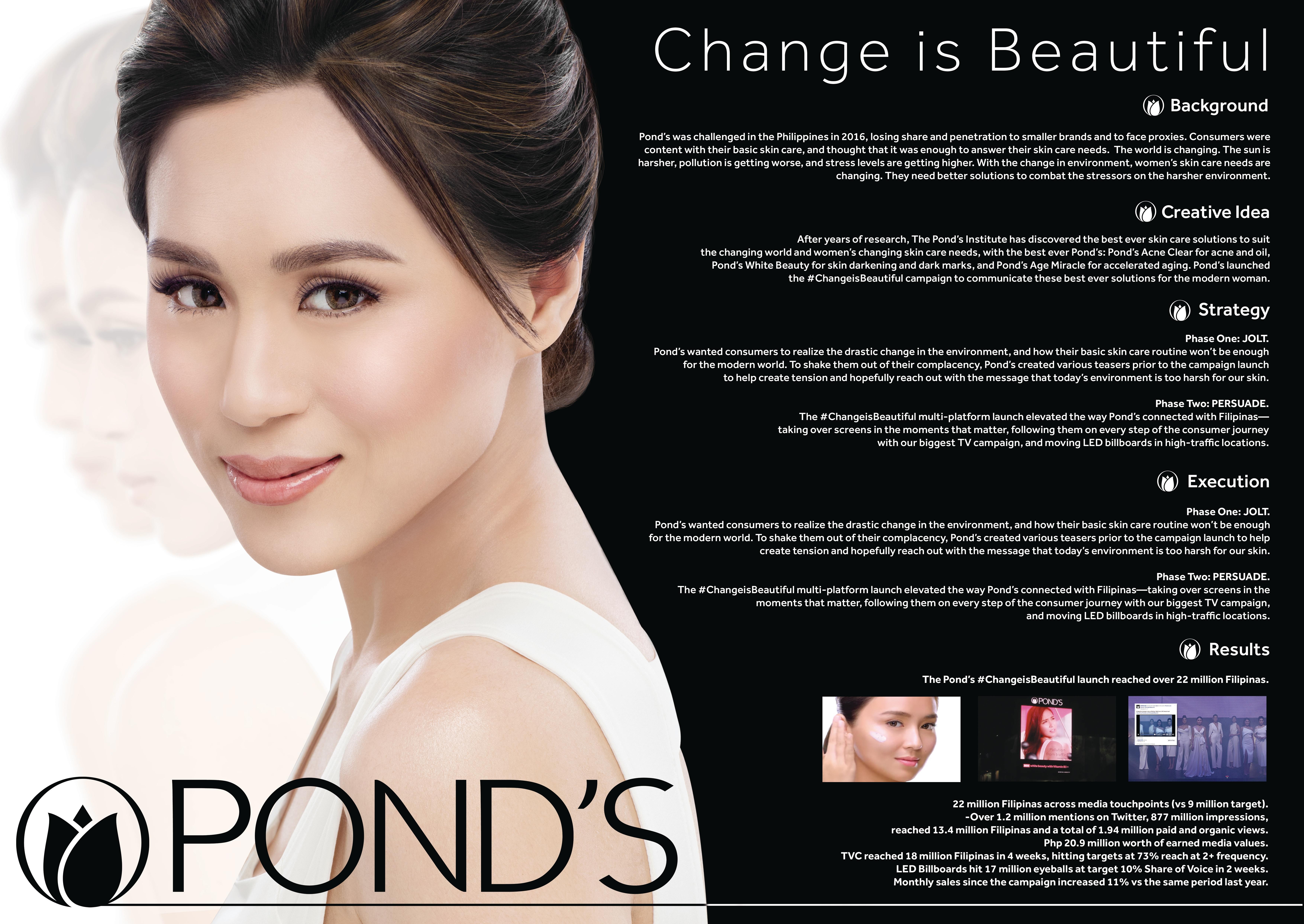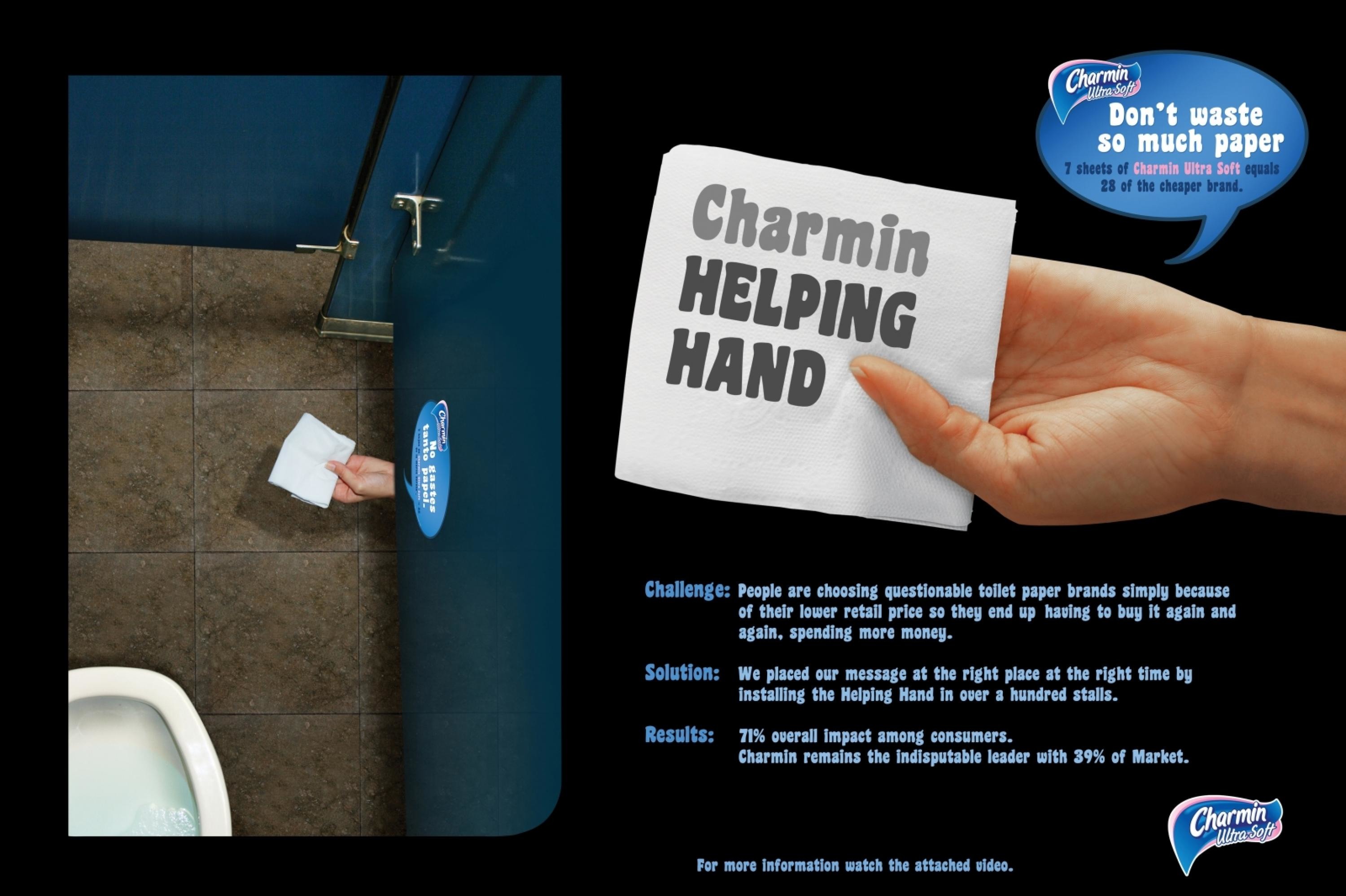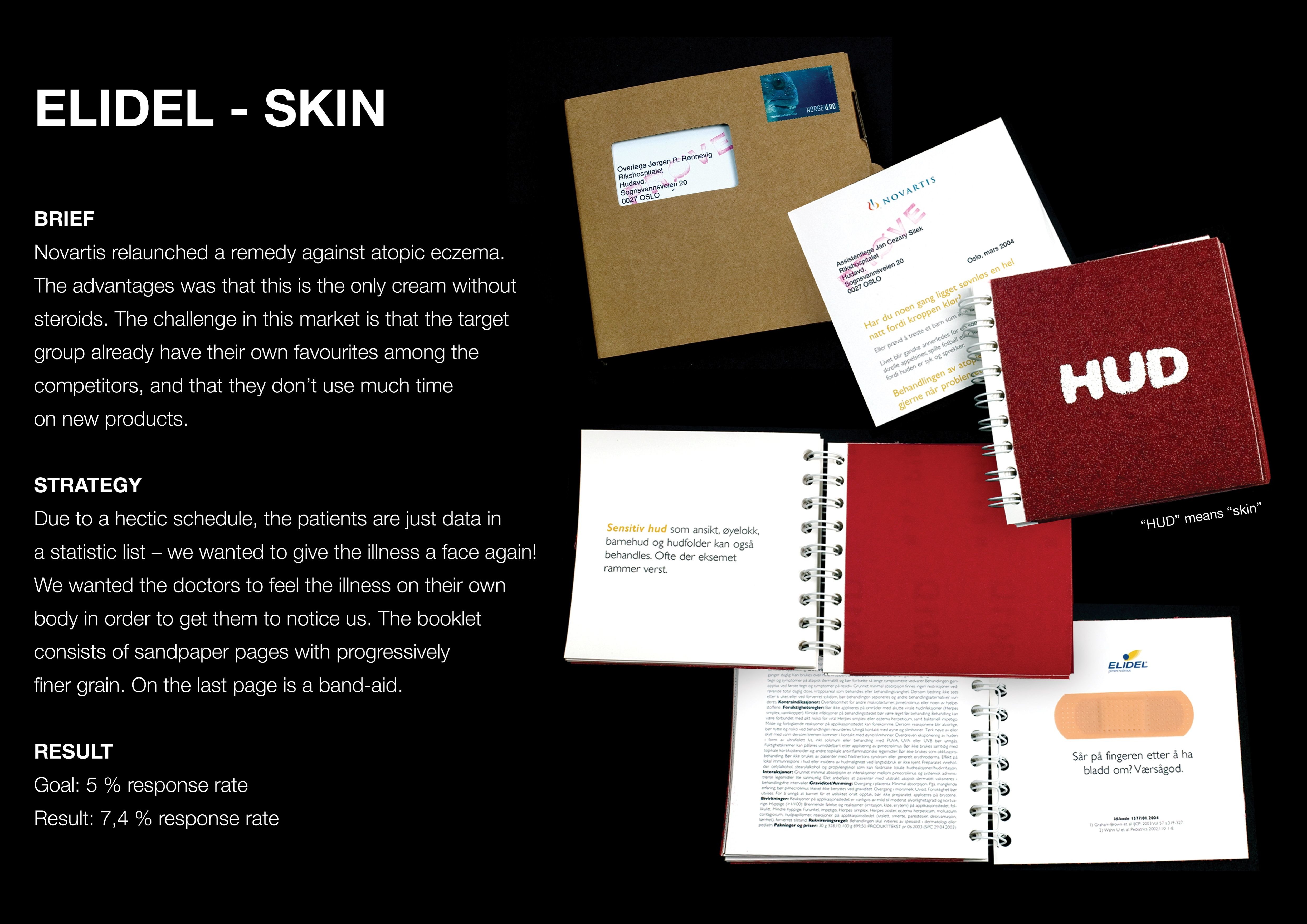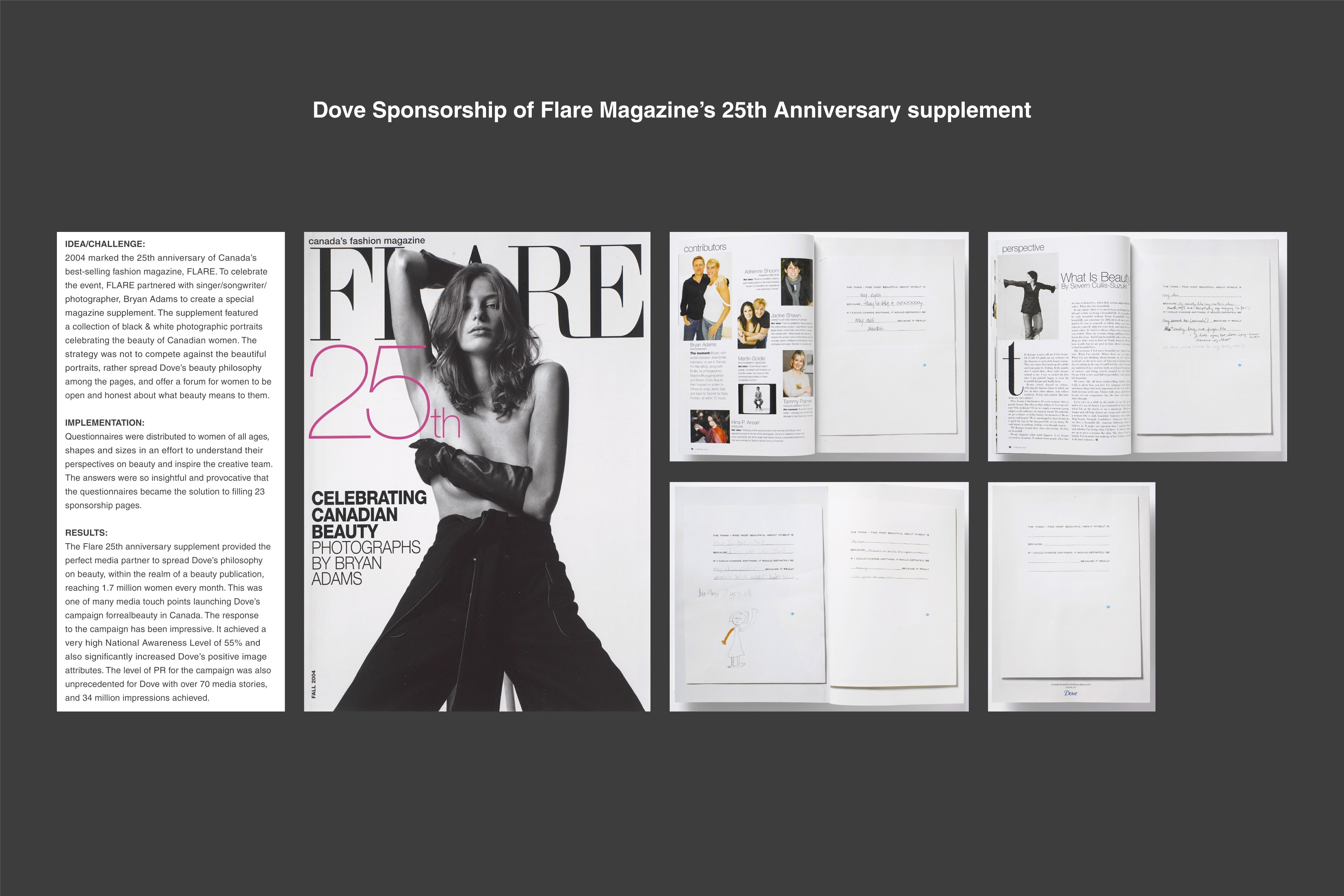Cannes Lions
Dove – The Beauty Report Card #StopTheBeautyTest
OGILVY, Mumbai / UNILEVER / 2024
Overview
Entries
Credits
OVERVIEW
Description
BACKGROUND & CONTEXT:
Dove’s leadership came under serious threat between 2019 to 2021 as its growth rates slowed down and penetration flatlined at 30%. Reasons:
1. Displacement at the top-end - The pandemic drove beauty shoppers online, accelerating the discovery and sales of insurgent online brands that disrupted the category with innovative offerings at competitive pricing.
2. Downgradation – Amidst inflationary pressures, Dove’s pricing at 100% premium over mass brands drove consumers towards more affordable brands. (Figure 1)
3. Declining Brand power: Hypercompetitiveness and evolving consumer preferences led to a weakening of Dove’s perceived value and uniqueness, diminishing its brand power. (Figure 2)
To turn things around, it become imperative to find new growth avenues and improve Dove’s value perception.
Challenging new frontier:
Non-metro and rural markets were propelling personal care expansion and accounted for 70% of the shampoo market. Because ~60% of Dove’s business comes from shampoos, success in these markets was paramount. However, Dove's urban, upscale image, while aspirational, also made the brand distant from the realities of this audience, both in the context of life and beauty.
Purpose to Power:
A world-wide study revealed that when audiences were aware of Dove’s purpose initiatives, it improved brand power and consideration. However, that awareness was as low as 4%, meaning audiences were aware of Dove thanks to its vintage, but unfamiliar with what Dove stands for.
CREATIVE CHALLENGE:
Elevate Dove from good product to a brand that is loved by and meaningful to Indian women.
SOLUTION:
Redefine the value Dove offers its audience – from functional superiority that satisfies their beauty desires, to becoming a champion of their emotional needs by alleviating their beauty anxieties.
Insight:
Beauty is sold in a marketplace called marriage – That’s why 80% of teenage girls face criticism and judgement on their appearances, usually in the form of ‘well-meaning’ advice. If they don’t meet beauty standards, they fear becoming a burden to their families who would have to pay hefty dowries to get them married. Thus, beauty becomes a burden when young girls realize there’s a big price to pay for ‘not being beautiful enough’. (Figure 3)
Idea:
Stop The Beauty Test
EXECUTION:
#StopTheBeautyTest was a movement against beauty biases to inspire, influence and galvanize action. (Figure 4)
Launched on Daughter’s Day, a 3-minute film featuring stories of 5 teenage girls became an eye-opener to the ‘beauty test’ that almost every woman experienced, but none talked about.
1. Actions for Real Change: The Dove Self-Esteem Programme ran in partnership with UNICEF to create content on self-esteem that was taught in schools. To influence the language people use, Dove partnered with a typing app to interrupt body-shaming language and get users to reconsider their choice of words.
2. Allies for Influence: Partnerships with influential people and platforms like NDTV news, Meta, Convosight and ‘She the people’ helped educate, inspire and create safe spaces for dialogue.
3. Amplifying our message: The film was aired on television, social media & YouTube. Newspapers and PR drove national visibility.
Similar Campaigns
12 items








